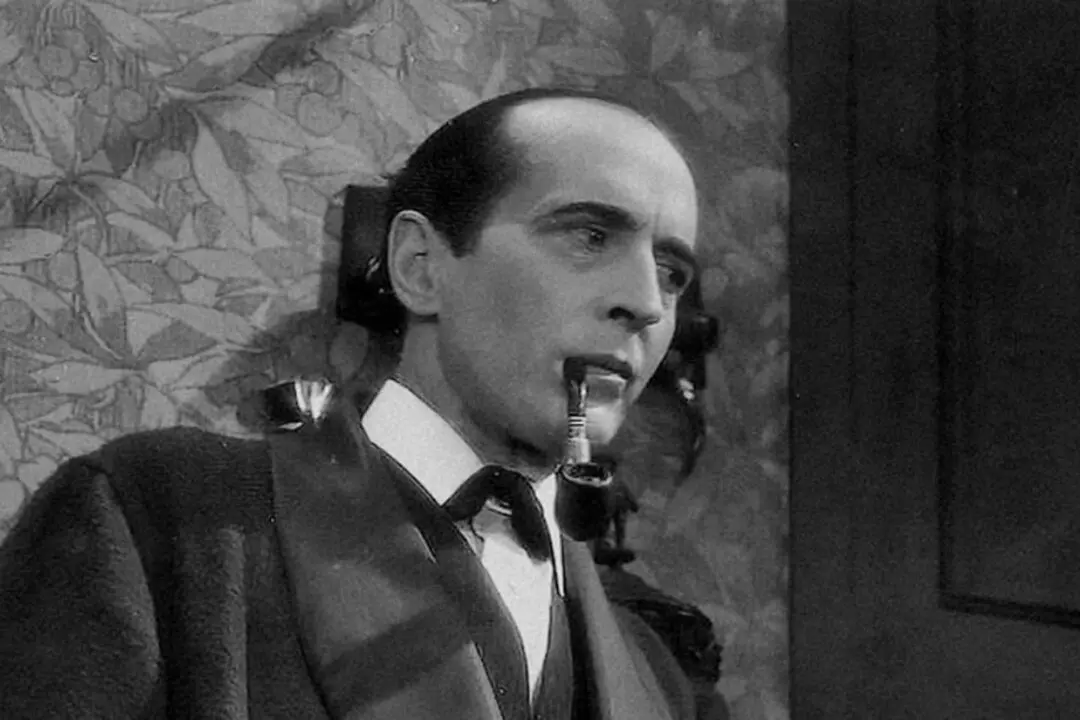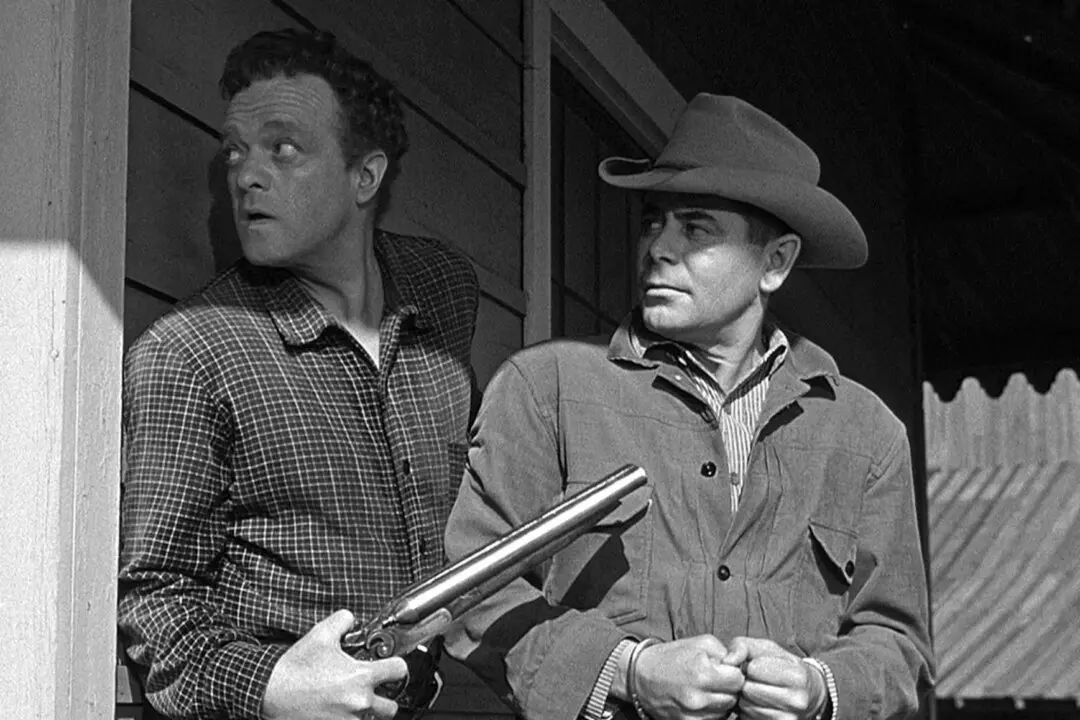G | 1h 28min | Action, Adventure, Family | 1958
“The 7th Voyage of Sinbad” (1958) is a great addition to the ‘50s adventure films—films often rife with creativity and fun (and often goofiness)—that I’ve been reviewing lately. The film is actually part of a trilogy that also includes “The Golden Voyage of Sinbad” (1973) and “Sinbad and the Eye of the Tiger” (1977).





